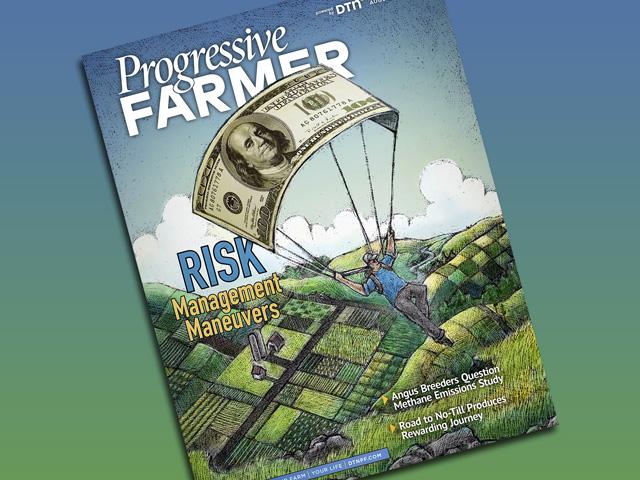Minding Ag's Business
Affluenza Strikes Again
Affluenza struck most grain farms again in 2012, catapulting the average 883-acre Southwest Minnesota farmer to about $375,000 income levels for the first time in history, up 38% above 2011's record, according to a new report from the SW Minnesota Farm Business Management Association. Minnesotans largely sidestepped the drought last season, besting their 10-year yield history. They were able to capture an average of $6.27/bu. on their entire corn crop and $13.07 on soybeans, so crop insurance played little role in padding these returns. But these are only averages. The top 20% earned net farm incomes of about $895,000 last year, on par with Wall Street bonuses and professional athletes.
I know some of you think I'm Typhoid Marcia, spreading gloom amid all this economic cheer. But the thing that worries me most in the Minnesota report is how fast breakevens have marched lockstep with higher incomes. It cost the Minnesotans $11.75 to grow a bu. of soybeans, up from $4.55 seven years earlier. Corn breakevens jumped to $4.72, up from $1.41 in that same period. That makes growers pretty vulnerable to any shock in farm prices should a bumper crop materialize this season. We're not the lean, mean competitive machines we were prior to the ethanol boom. We're more like Europe, saddled with higher land costs.
P[L1] D[0x0] M[300x250] OOP[F] ADUNIT[] T[]
Rapidly escalating land values and rents are the main culprit to overall input inflation, said Dale Nordquist, of the University of Minnesota's Center for Farm Financial Management. SW Minnesota cash rents averaged $225/acre, a 27% jump from 2011 and are already mounting again in 2013. Land now accounts for about a third of corn's breakeven costs, he added, although fertilizer is close behind. Total cost to grow corn averaged about $720/acre last year.
At an Illinois Soybean Association advisory meeting this week, speakers said Illinois 2012 returns won't be quite as favorable as Minnesota's, but they do seem to have reached fairy tale proportions. Dwight Raab, who directs the Illinois Farm Business Farm Management Association, worries that "we might have gotten complacent because of what we've seen in the last five years." Another Illinois lender said he's witnessed "some really nice balance sheets on 27- and 28-year-olds, but they haven't been around long enough to have seen the adversity or understand the risks involved in agriculture."
So while I'm thrilled to see farmers receive rewards for their hard labor, my advice is don't spend all of your dividends. This isn't normal, it seems more like a high fever to me.
Follow me on Twitter@MarciaZTaylor
(SK)
© Copyright 2013 DTN/The Progressive Farmer. All rights reserved.




Comments
To comment, please Log In or Join our Community .